Search
Did you mean: Pepper?
Search Results
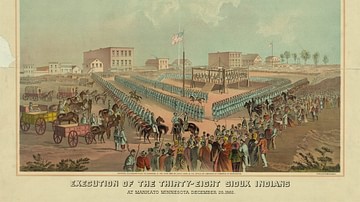
Article
George W. Crooks' Account of the Dakota War of 1862
George W. Crooks' Account of the Dakota War of 1862 is a narrative of the events leading up to the "Minnesota Massacre" known as the Dakota War of 1862, given by the Dakota gentleman George W. Crooks (l. c. 1856-1947) in 1937 when he was...

Definition
Ancient Korea
Korea, located on a large peninsula on the eastern coast of the Asian mainland, has been inhabited since Neolithic times. The first recognisable political state was Gojoseon in the second half of the first millennium BCE. From the 1st century...
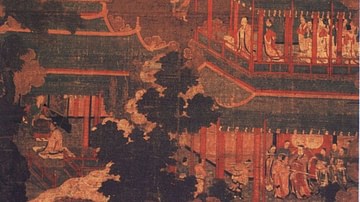
Definition
Goryeo
Goryeo (Koryo) ruled Korea from 918 to 1392. The kingdom oversaw an unprecedented flourishing in culture and arts with developments in architecture, ceramics, printing, and papermaking. The kingdom was repeatedly invaded by the Mongols in...
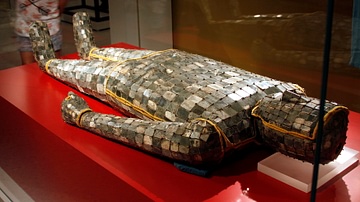
Article
The Art of the Han Dynasty
The art of the Han dynasty (206 BCE - 220 CE) of ancient China is characterised by a new desire to represent everyday life and the stories from history and mythology familiar to all. The arts were fuelled both by a political stability with...

Definition
Marco Polo
Marco Polo (1254-1324 CE) was a Venetian merchant and explorer who travelled to China and served the Mongol ruler Kublai Khan (l. 1214-1294 CE) between c. 1275 and 1292 CE. Polo's adventures are recounted in his own writings, The Travels...
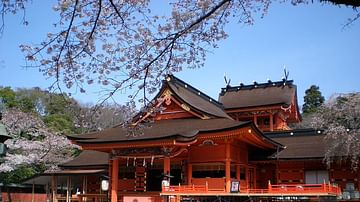
Definition
Shinto Architecture
The architecture of the 80,000 Shinto shrines in Japan varies depending on geographical location, the deity worshipped, and the date of foundation. The earlier Shinto shrines tend to be simpler and less decorative affairs than those which...
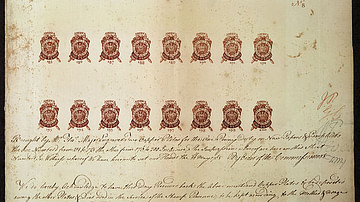
Definition
Stamp Act
The Stamp Act of 1765 was the first direct tax imposed on the 13 American colonies by the Parliament of Great Britain. It required the colonists to pay a tax on all printed materials including newspapers, legal documents, magazines, and playing...
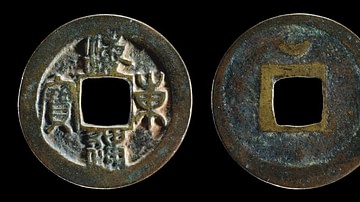
Definition
Ancient Korean Coinage
The coinage of ancient Korea (pre-13th century CE) first employed Chinese coins, known locally as the oshuchon. Korean rulers began minting their own metal coins from the late 10th century CE, first in copper and iron, and later in bronze...
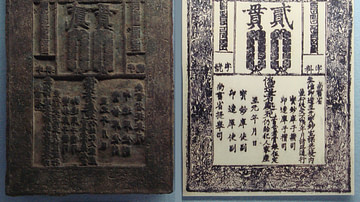
Image
Yuan Dynasty Bank Note & Plate
A 13th century CE wooden printing plate and paper bank note from the Chinese Yuan dynasty (1271-1368 CE). (Tokyo Currency Museum)

Book Review
The Pharaoh’s Treasure: The Origin of Paper and the Rise of Western Civilization
Having completed his Ph.D. in Botany at the University of California at Berkeley, John Gaudet primarily worked as an ecologist throughout his career. His early work focused on studying papyrus in Africa, working as an Africa Region Environmental...